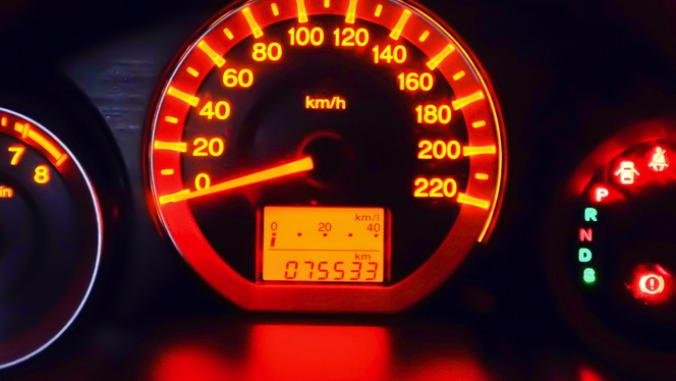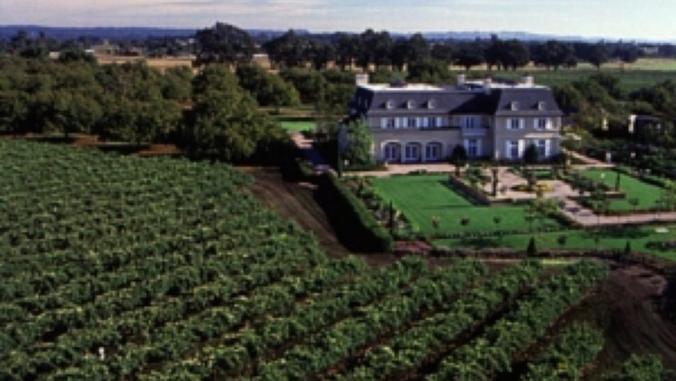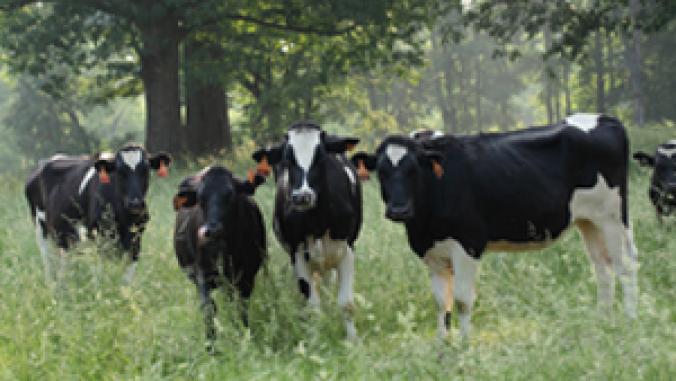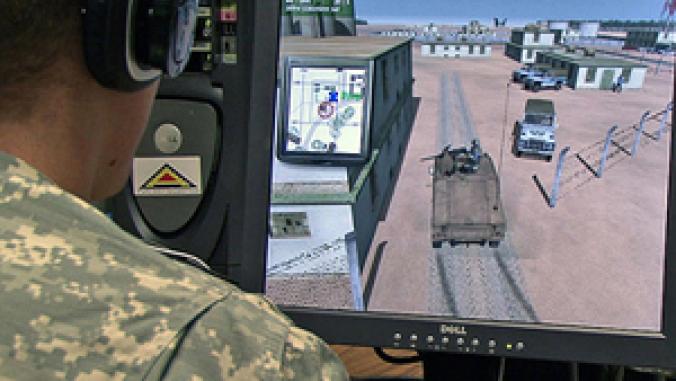Desert Golf Courses Symptomatic of Arab Region's Larger Water Problems
Golf courses in the Arab region use enough water to satisfy the needs of thousands of people. Yet their numbers are growing, illustrating the conflict between economic development and depleting natural resources, according to a new report.

Research suggests the Arab region’s 16 golf courses each use an average of 1.16 million cubic meters of water annually, with as much as 1.3 million cubic meters consumed in Dubai. That’s enough water to meet the needs of 15,000 people.
Yet the number of golf courses in Arab states is expected to reach 40 in the near future, according to a new report, which uses the golf courses to illustrate the persistent conflict between rapid economic development and scarce water resources in the region.
“Using such an amount of water on leisure projects in an arid desert throws up questions about sustainability and how could this infringe on the water needs of the local community,” wrote the authors of “Arab Environment, Future Challenges.”
The Arab region's environmental challenges go beyond golf courses. In what is being billed as the first annual independent report on the state of the environment in the region, the Arab Forum for Environment and Development warned of a slew of present and imminent environment problems. Natural resource depletion cannot go unaddressed without causing even larger complications in the future, the report said.
Some interesting highlights:
“Today, the state of the Arab environment stands at a pivotal juncture, with numerous environmental problems both current and imminent threatening the region,” the report said. “At the same time, awareness of the issues, as well as signs of political and social willingness to act, provide hope for timely intervention.”
"Tee" image licensed by bjearwicke .
Yet the number of golf courses in Arab states is expected to reach 40 in the near future, according to a new report, which uses the golf courses to illustrate the persistent conflict between rapid economic development and scarce water resources in the region.
“Using such an amount of water on leisure projects in an arid desert throws up questions about sustainability and how could this infringe on the water needs of the local community,” wrote the authors of “Arab Environment, Future Challenges.”
The Arab region's environmental challenges go beyond golf courses. In what is being billed as the first annual independent report on the state of the environment in the region, the Arab Forum for Environment and Development warned of a slew of present and imminent environment problems. Natural resource depletion cannot go unaddressed without causing even larger complications in the future, the report said.
Some interesting highlights:
• The population of the 22-state Arab region has grown from under 50 million to more than 325 million during the last century.The report faults short-term planning as a major barrier to sustainable development policy making, but draws attention to some of the more promising developments in the region: Most states now have an environment ministry or agency, with some countries beginning strategic environmental planning. Interest in environmental issues from the private sector also appears to be picking up steam.
• Meanwhile, the region is among the world’s most water-scarce. Average annual water per capita was 977 cubic meters in 2001, below the U.N. definition of water scarcity. This is expected to shrink to 460 cubic meters by 2023. Water use efficiency ranges from 37 percent to 53 percent.
• The region could experience surface temperature rise of between 2 and 5.5 degrees Celsius by the late 21st century, while precipitation may decline by as much as 20 percent. Sea level rise caused by climate change could trim agricultural land in the Nile Delta region by 12 percent to 15 percent.
• The use of nitrogen, phosphorus, potassium fertilizers quadrupled in the region between 1970 and 2002. Most countries, however, lack regulation and labs to analyze pesticide residue.
• Less than 20 percent of the solid waste generated in the region is properly treated or sent to landfills; less than 5 percent is recycled.
“Today, the state of the Arab environment stands at a pivotal juncture, with numerous environmental problems both current and imminent threatening the region,” the report said. “At the same time, awareness of the issues, as well as signs of political and social willingness to act, provide hope for timely intervention.”
"Tee" image licensed by bjearwicke .





